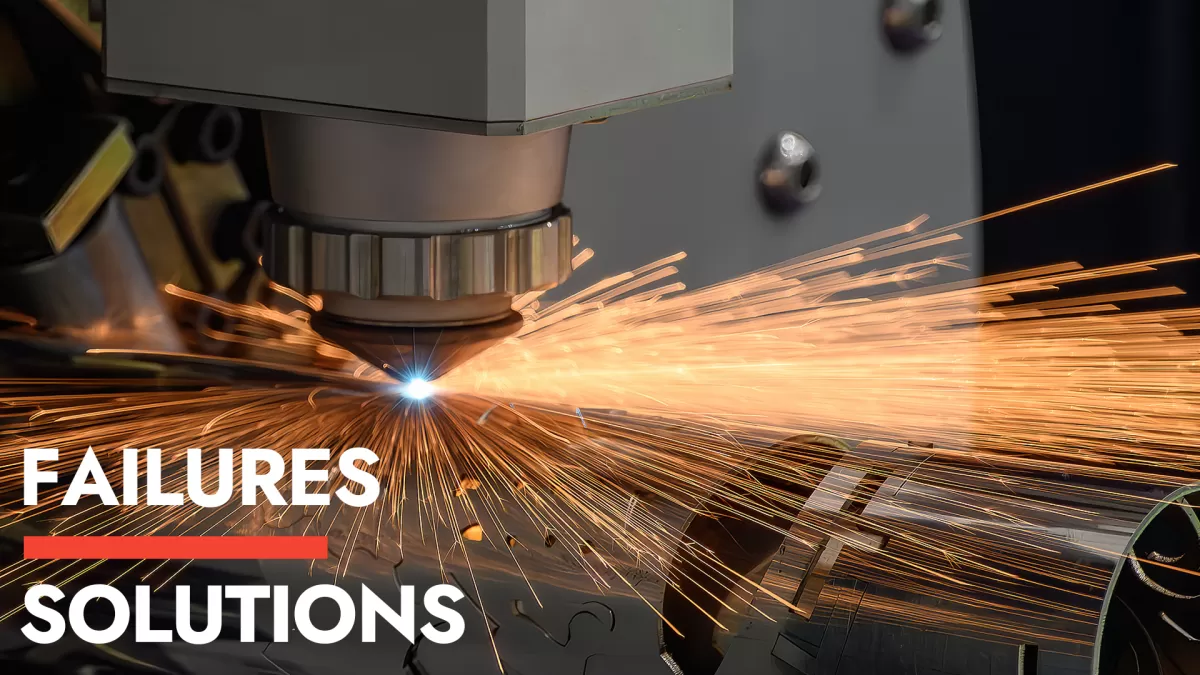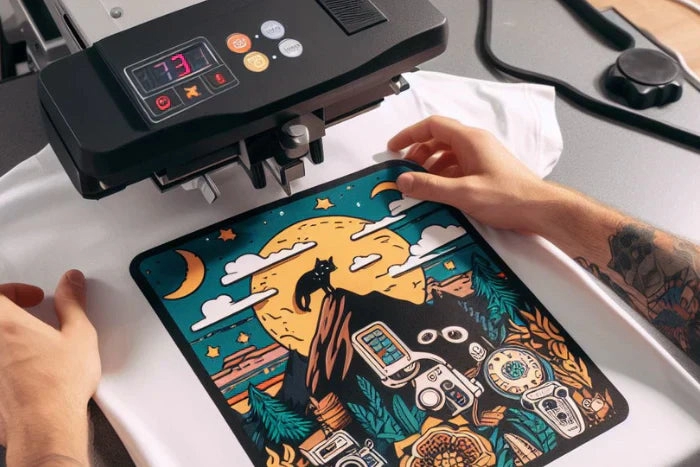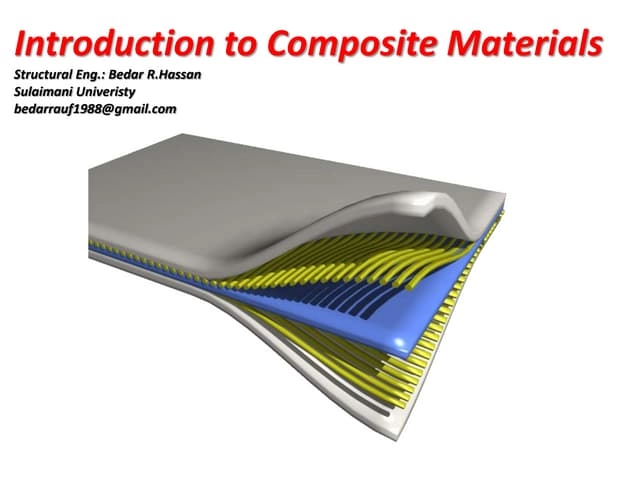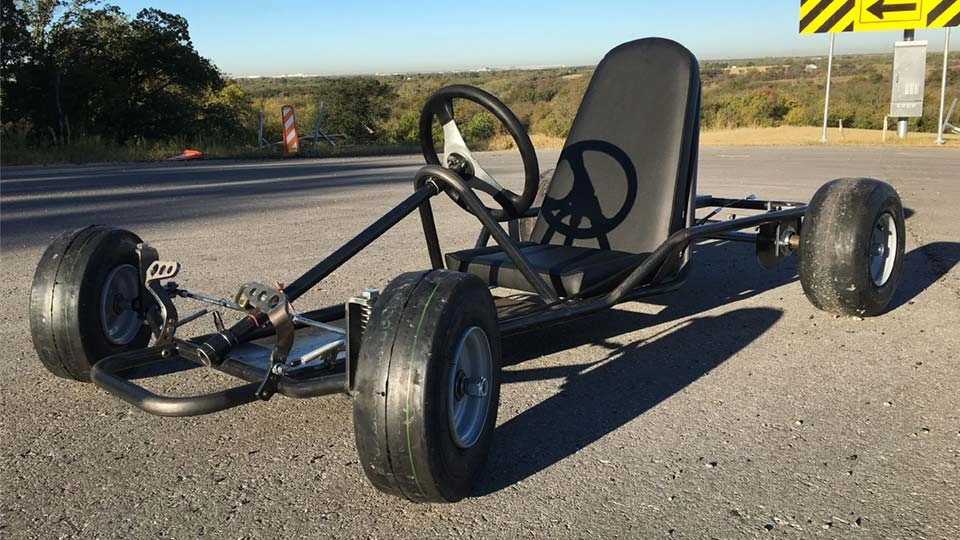Understanding Single Line Etching and No Kerf Through Cuts
If you’re diving into CNC laser cutting, you’ve probably heard about single line etching and no kerf through cuts. But what exactly do these terms mean, and why do they matter?
What Is Single Line Etching
Single line etching refers to designs made with just one vector line instead of filled shapes or thick paths. Imagine drawing a fine pen line rather than coloring in a whole area. This technique:
- Creates precise, clean etched details
- Is perfect for engraving fine text or intricate logos
- Saves time since the laser follows a single path
- Works well on wood, acrylic, leather, and metals
What Are No Kerf Through Cuts
No kerf through cuts aim to minimize material removal during cutting. Normally, laser beams have a width (kerf) that burns away some material, which can create small gaps or affect part fit. No kerf cuts involve:
- Cutting on a single vector line rather than a wide path
- Reducing material loss and waste
- Keeping edges tight and precise
- Producing parts that fit better with less clean-up
Key Industries and Applications
These design and cutting techniques are crucial in industries where precision matters and material costs are high, such as:
- Jewelry making for delicate metal cuts
- Electronics for small precise cuts in circuit boards
- Signage and branding where clean etched logos are essential
- Prototyping parts with tight tolerances
- Custom gifts and awards with detailed engraving
Understanding how single line etching and no kerf cuts work is your foundation for getting great results with CNC laser cutting. It keeps your designs efficient, saves materials, and lets machines produce perfect cuts every time.
Why Proper Design Setup Matters

Setting up your design correctly is crucial for getting clean, precise cuts and smooth machine operation. If your design isn’t set up right, you might face issues like uneven edges, double cutting, or the laser missing parts of your design altogether. This can waste material, slow down production, and even damage your CNC laser cutting machine.
Common mistakes include:
- Using filled shapes instead of single line vectors
- Overlapping lines that cause the laser to cut twice
- Incorrect stroke weights that don’t match your machine’s laser width
- Choosing file formats that don’t work well with CNC software
At HYCNC, we focus on ensuring your designs fit perfectly with single line etching and no kerf through cuts. We review your files to confirm they meet the specific requirements for our machines. This reduces errors and helps maintain consistent precision in every cut. Plus, our team can guide you on design tweaks to get the best results, saving you time and material costs.
Step by Step Guide to Setting Up Your Design for Single Line Etching and No Kerf Through Cuts
Getting your design ready for single line etching or no kerf through cuts starts with choosing the right software. Use vector-based tools like Adobe Illustrator, CorelDRAW, or free options like Inkscape—these programs create clean single-line vector paths essential for precision laser cutting and etching.
Create Single Line Vector Paths
- Draw paths using strokes, not fills. Single line etching relies on paths with strokes that the laser follows precisely. Avoid filled shapes or overlapping lines because they can cause double cutting or uneven etching.
- Set stroke weight carefully. Usually, a hairline stroke (0.001 inch or 0.0254 mm) works well to represent a single line for lasers. This ensures the laser cuts or etches exactly where needed without extra material being removed.
Optimize for No Kerf Through Cuts
- Design with minimal material removal in mind. No kerf cuts mean the laser removes just enough material to separate or mark without wasting material or causing gaps. Adjust your design to account for the laser’s beam width to avoid overcutting.
- Use thin vector paths to match the laser’s focal width. This keeps edges sharp and clean.
File Formats and Export Settings
- Preferred formats are SVG, DXF, or AI. These maintain vector accuracy and are compatible with HYCNC’s machines.
- Export tips: Make sure to finalize your design with all paths converted to strokes (no fills), and double-check that lines aren’t duplicated or overlapping. Remove unnecessary layers or hidden elements that might confuse the CNC software.
Test Your Design
- Use preview tools in your software or dedicated CNC preflight checkers to spot errors like overlapping lines or missing paths.
- Before sending the full job, send a test file to HYCNC for a preflight check. They’ll review your design for compatibility and advise on any tweaks needed to ensure perfect single line etching or no kerf cuts.
Following this step-by-step will help you create flawless, precise designs optimized for HYCNC’s laser services, guaranteeing efficient and high-quality results every time. For more on design export and kerf control, check out our guide on exporting DXF files with no kerf cuts.
Best Practices for Flawless Results
To get the best single line etching or no kerf through cuts, follow these simple tips:
-
Use consistent line weights
Make sure your lines have a uniform stroke weight. This helps the CNC laser cutting machine deliver smooth, even cuts without overburn or gaps.
-
Check material compatibility
Not all materials react the same to laser etching or cutting. Confirm that your chosen material works well with single-line vector designs to avoid uneven cuts or scorching.
-
Communicate with HYCNC for machine settings
Each laser cutter has its own power and speed quirks. Reach out to HYCNC’s team and share your file. They’ll advise the best settings to match your design and material.
-
Scale designs carefully
When resizing your artwork, maintain the original proportions and line thickness. Scaling without adjusting stroke weight can cause distorted or imprecise cuts.
Following these best practices ensures cleaner cuts, less material waste, and a smoother production process with HYCNC’s CNC laser cutting services.
Common Design Mistakes and How to Avoid Them

When setting up your design for single line etching or no kerf through cuts, a few common mistakes can cause big headaches.
Overlapping Lines Causing Double Cuts
- Overlapping or doubled-up lines make the laser cut the same spot twice. This wastes time and can burn or damage your material. Make sure your single-line vector paths don’t overlap or repeat.
Incorrect File Formats Leading to Preflight Failures
- Using the wrong file type can stop your design from working with HYCNC’s machines. Stick to preferred formats like SVG or DXF. Double-check export settings so your lines stay intact and editable.
Ignoring Material Thickness or Laser Power Settings
- Not adjusting your design for the material thickness or proper laser power can result in incomplete cuts or overburn. Always consider the material specs and communicate with HYCNC about the right power settings for your project.
By avoiding these mistakes, you’ll get cleaner cuts, save material, and speed up production.
How HYCNC Supports Your Single Line Projects
When it comes to single line etching and no kerf through cuts, HYCNC offers reliable CNC laser cutting and etching services tailored to your needs. Whether you’re working on fine, precise cuts or delicate engraving, HYCNC’s equipment and expertise ensure high-quality results every time.
Benefits of Partnering with HYCNC
- Precision and Consistency: HYCNC uses advanced CNC laser machines that handle single-line vector designs with exact precision, reducing material waste.
- Experience with No Kerf Cuts: Their team understands how to optimize designs for minimal material loss, making your projects more efficient.
- Fast Turnaround: HYCNC offers quick processing and clear communication, so your timelines stay on track.
- Material Guidance: They can advise on the best materials for your etching or cutting project, helping you avoid common pitfalls.
- Support and Feedback: You’ll get detailed input on your designs to fix issues before production begins.
How to Upload Designs and Get Feedback
- Prepare Your Design Files: Save your artwork in recommended formats like SVG or DXF that work well with CNC laser cutting.
- Use HYCNC’s Upload Portal: Log into their service platform and upload your single line designs quickly.
- Request a Preflight Check: Ask the HYCNC team to review your files for any potential errors or adjustments needed for optimal cutting.
- Communicate Clearly: Share your project goals, material choices, and cut preferences to get tailored advice.
- Receive Feedback: The HYCNC experts will get back to you with notes or confirmation, ensuring your design is ready to produce.
Partnering with HYCNC makes setting up and executing single line etching and no kerf through cuts straightforward and hassle-free, delivering professional results every time.
FAQs about Single Line Etching and No Kerf Through Cuts
What file formats does HYCNC accept for single line etching?
HYCNC supports common vector file formats like SVG, DXF, and AI for single line etching and no kerf through cuts. These formats keep your designs clean and precise, essential for accurate laser paths. Make sure your files are properly prepared as vector files with single line vectors—not filled or raster images.
Can I use free software like Inkscape for no kerf cuts?
Yes, Inkscape is a great free option for creating single-line vector designs suitable for no kerf cuts. It allows you to set stroke weights and export clean SVG files, which work well with HYCNC’s CNC laser cutting machines. Just be careful to avoid overlapping lines and fill shapes, which can cause double cuts.
How do I know if my design is ready for HYCNC machines?
Before sending your design to HYCNC, check it with a preview tool in your software to catch overlaps or filled areas. Your design should have clear single line paths with consistent stroke widths tailored for the laser’s kerf. HYCNC also offers preflight checks—upload your file so their team can confirm that it will cut perfectly.
What materials are best for single line etching?
Materials like wood, acrylic, leather, and thin metals work well for single line etching and no kerf through cuts. Each material responds differently to laser power and speed settings, so it’s good to check material compatibility with HYCNC for optimal results. This ensures sharp details and minimal material loss in your projects.
For more on improving your CNC design skills, see our guide on best practices for designing and laser cutting small parts.




